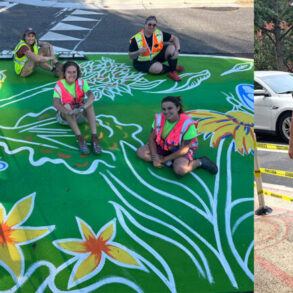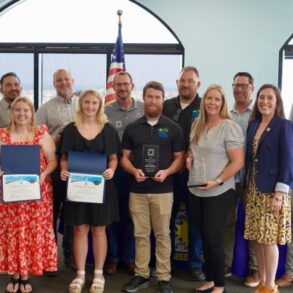When people feel seen and considered, they’re more open, more generous, more invested. That’s not fluff. That’s strategy.
Why don’t we extend that same logic to business events? We used to. In fact, business used to happen over dinner tables, not branded podiums. Promotions were decided over roast chicken. Now we cram 300 people into a hotel ballroom, dim the lights, and hope a “networking break” will do the work. Spoiler: It doesn’t.
Excess ≠ experience
One of the most powerful reminders in experience design is this: Generosity doesn’t mean extravagance. It means intention.
A perfectly timed walk to a local restaurant can be more powerful than a $500,000 A/V setup. A well-crafted guest list that reconnects two people who haven’t seen each other in years? That’s a memory. That’s value. That’s ROI.
You can feel when there’s generosity. It’s not about being flashy. It’s about the time you gave, the thought you put in, the feeling people walk away with.
We don’t need to overengineer the experience. What matters is that participants feel we cared enough to design something meaningful just for them.
Designing for humans, not titles
Let’s face it: When it comes to business convening, we’re still designing experiences for Monday mornings—not Friday nights.
Think about that. Monday mornings are beige. Practical. Safe. Friday nights are full of possibility. A little risky. A little fun. And very human.
When we treat people as their titles—VP, CMO, CEO—we miss the actual person. The one who craves inspiration. The one who’s quietly looking for something real. The one who misses being moved. If we’re not designing experiences that speak to the whole person—not just their business self—we’re leaving impact on the table.
You don’t seat your quietest guest at the loudest table. You don’t assume everyone wants to stand and pitch. The best gatherings make space for different kinds of brilliance.
Care is contagious
The future of convening isn’t beige. We’re not wired to respond to hotel carpets, retractable banners, and plastic lanyards. We’re wired to respond to care. To beauty. To warmth. To the smell of real food and the spark of serendipitous connection.
In the digital age, despite unprecedented connectivity, there’s a paradox of being connected yet disconnected. Human connections can foster growth, innovation, and lasting partnerships in the modern business landscape. And when it’s done right, it feels effortless—even though we all know it wasn’t. That’s the art.
Maybe, in a world hungry for connection, it’s time we stopped treating it like an afterthought. Because here’s the thing: No one wants to be sold to. But everyone wants to be invited in.
This post was originally published on this site be sure to check out more of their content








